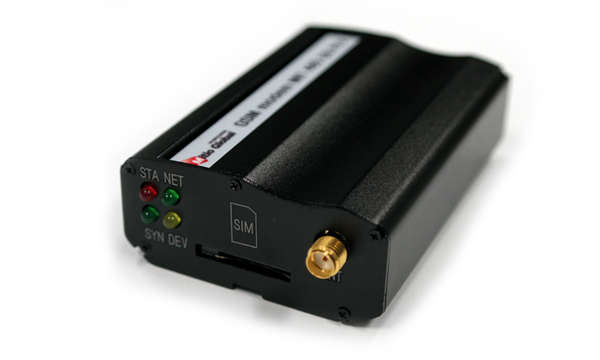Introduction
GSM/GPRS
Modems use GSM/GPRS networks to enable convenient and affordable data transfer across remote instruments, meters, and any control system of packet data.
Features
- Frequency bands (Optional) – GSM 850/900/1800/1900MHz
- Power output – EGSM850/900 (+33dBm ±2dB), GSM1800/1900 (+30dBm ±2dB)
- GPRS – Multi-slot Class 10
- CSD – 2.4, 4.8, 9.6, 14.4kbps
- TCP/IP stack access by AT commands
- MC class B, CSD up to 14.4kbps
- RS485 communication
- Operating temperature range -20 ~ +60℃
- Input Volt. DC5~12Volt
Specification
| Item | Specification | |
|---|---|---|
| GSM class | Small MS | |
| Frequency bands | Dual-band | BGS2-E : GSM 900/1800MHz |
| Quad-band | BGS2-W: GSM 850/900/1800/1900MHz | |
| Output power | Class 4 | +33dBm ±2dB for EGSM850 |
| Class 4 | +33dBm ±2dB for EGSM900 | |
| Class 1 | +30dBm ±2dB for GSM1800 | |
| Class 1 | +30dBm ±2dB for GSM1900 | |
| @ANT. | 50 Ohm matching | |
| Data transfer | GPRS | Multislot Class 10, Full PBCCH support |
| CSD | V.110, RLP, non-transparent | |
| PPP-stack for GPRS data transfer | ||
| AT commands | AT commands for RIL compatibility Hayes 3GPP TS 27.007, TS 27.005 | |
| SIM Application Toolkit | SAT Release 99 | |
| GPIO | GPIO interface | 6 GPIO lines |
| GPIO types | I2C interface, LED signaling, and PWM functionality | |
